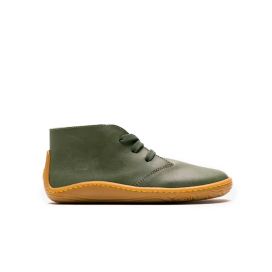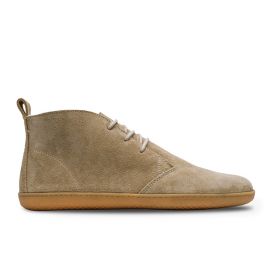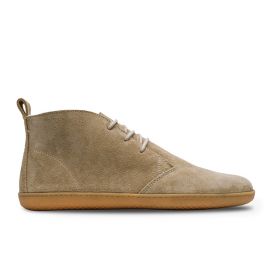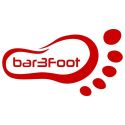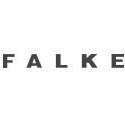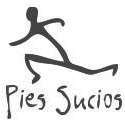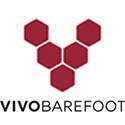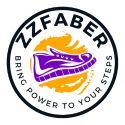No products
Prices are Management included
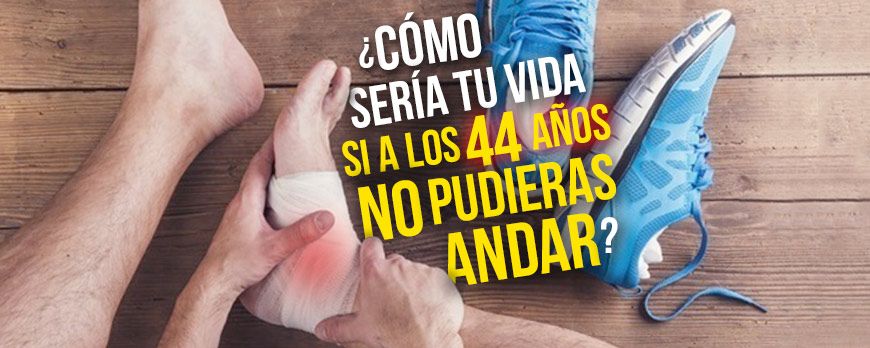
What would your life be like if you couldn't walk at 44?
What Pedro said can happen to anyone, but I hope it doesn't happen to you.
I had a hard time with injuries, but this man takes the cake.
Before I start with Pedro, do you happen to know the number of people who have lost their jobs because of their shoes?
I don't know the exact number, but I think it's a lot. Besides the fact that foot problems sometimes lead to knee, hip and back injuries.
Pedro's story.
It happened one morning in 2018. That day changed his life forever.
He had slept well, no different from any other night, but when he put his foot on the floor he realised he couldn't move it.
Sitting up in bed he lay motionless, not knowing what to do.
He was only 44 years old and couldn't understand why his ankle wouldn't move.
Throughout his life, sport had been an important part of his life. He had played football as a child, with the typical hard, narrow boots. As a teenager he remained active. And when he started a family, he ran track and field and competed in half marathons, wearing the typical cushioned running shoes.
That morning, however, he couldn't put his foot on the ground and was in a lot of pain.
He went to the emergency room as best he could and although there was no inflammation and he had not sprained it, it was treated as if it were a sprain. He was given 15 days of rest and anti-inflammatory drugs.
Little by little he started to move, but he was not recovered and it got worse.
The other ankle was also immobile, even his socks were bothering him!
At that point, his particular hell began.
On sick leave, unable even to do housework, depression soon set in.
For the public health system, he was always a strange case: rheumatism, arthrosis, etc. He went through different specialities without anyone telling him anything clear.
In the private sector, more of the same: doctors, sports traumatologists, podiatrists, studies of the footprint....
He mockingly said that if he recycled all the insoles that had been made for him, he could asphalt the Granada-Seville motorway.
He didn't understand anything, and the months and years went by.
Eventually he was able to walk with "a certain degree of normality", but he was never able to run again.
He never got over that feeling of frustration, of not being able to do something so human, so human... he never got over it.
He, an active person, who considered himself healthy, who had always practised sport, could not even go for a "little run".
He felt trapped, as if he had fallen into a deep, deep, dark well.
One day he sees on instagram that there are people who walk, run and practice sport with the minimum on their feet. They wear what they call minimalist shoes and some of them even go barefoot.
How is that possible? How can they run with soles of just a few millimetres and I can't even walk, Pedro wondered.
When he opened his wardrobe, he realised that all his shoes were narrow, with a pointed toe and a raised heel.
Vans, Nike, Adidas, Converse - .... his shoe rack was full of the fashionable trainers of the time.
What if it's the shoes that are the cause of my misfortune? With that in mind, Peter visits a traumatologist who half understands him, and diagnoses him with tendonitis of the posterior tibialis and extensors of both feet.
And he asks him the question that Pedro considers key:
"What kind of shoes do you wear at home?"
Pedro replies that he hasn't been wearing any for a few days, that at home he is barefoot.
And the traumatologist, far from disapproving his action, approved it and confirmed that this is the best therapy for his recovery.
You have to let your feet and his musculature return to their origins, when nothing external interfered with his movements.
After a while, Peter stopped feeling pain and could walk normally. He renewed all his footwear, and running, well running is in process.
One boot that Pedro has used a lot is the Vivobarefoot Gobi, as they hardly interfere with his feet.
They are very flexible, wide, and don't squeeze your feet or deviate your big toes.
Of course they are flat, so as not to restrict the movement of your ankle and
they don't have any kind of reinforcements.
For this winter they have brought out a sheepskin lined version.
When you wear them it is as if you were reading a good book in front of a fireplace.
Warmth and calm.
For women: Gobi III winter
For men: Gobi III winter
For children without sheepskin: Gobi Addis
Your health, and Pedro's, starts with your feet.
Antonio Caballo.
Dejar un ComentarioDejar una respuesta
Blog categories
- Running Technique
- Shoes Review
- Scientific studies
- Nike and minimalist shoes
- Morton neuroma
- Bunions
- Podiatrists' opinion on...
- Claw toes, crowded toes,...
- Flat feet
- Runner's injuries, runner's...
- Sprained feet, ankle sprains
- Footwear for wide feet or...
- Heel and back pain
- Children's feet and...
- Circulation and bone...
- Knee pain, osteoarthritis,...
- Plantar fasciitis
Últimos Comentarios
Fernando Capellán
That Vivobarefoot lawsuit… and what happened nextLorena Cortés
This is what Nike did to Nadal's footFernando Capellán
They call it ugly... but everyone will...Antonio Caballo
The finger wristband: when fashion squeezes...

